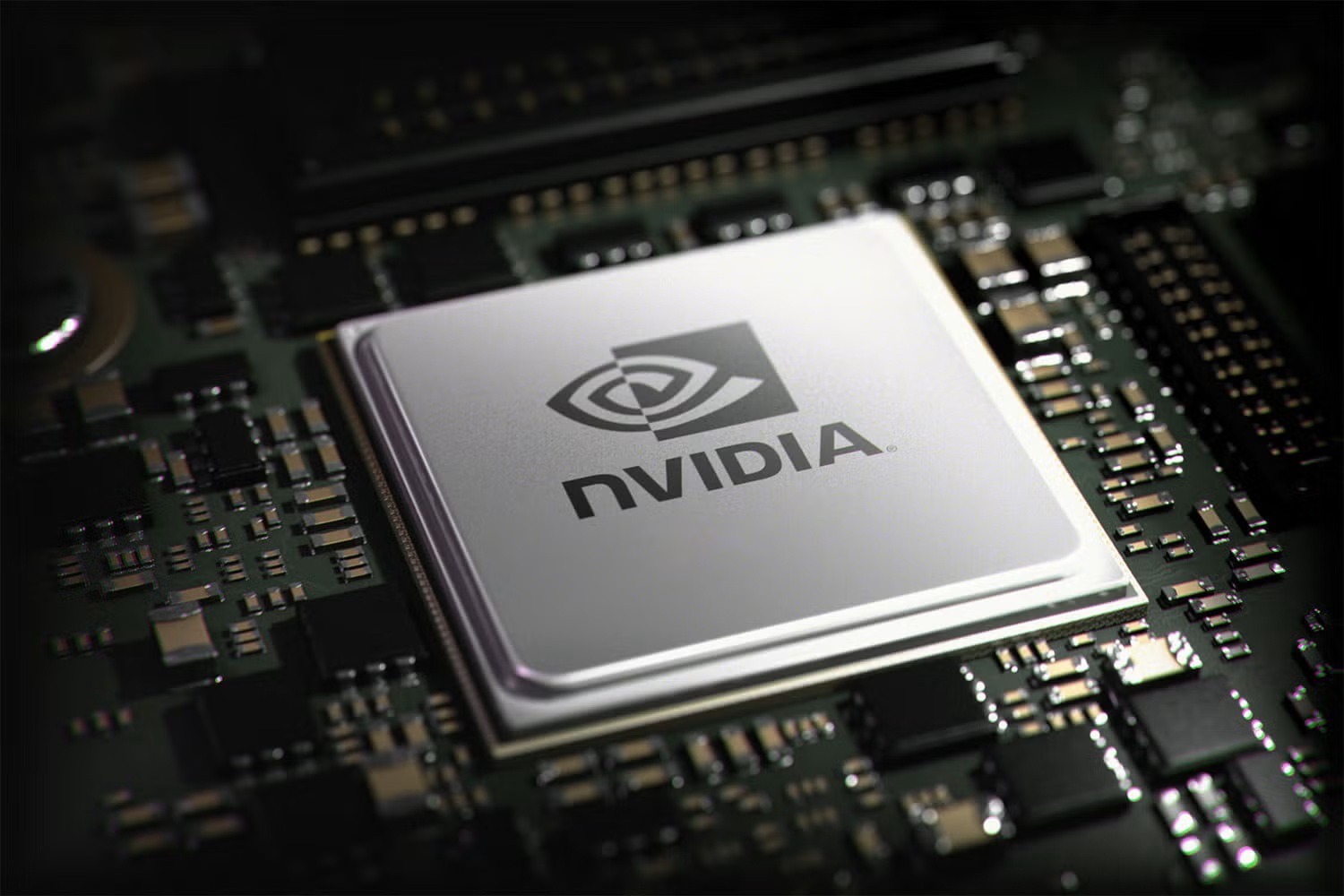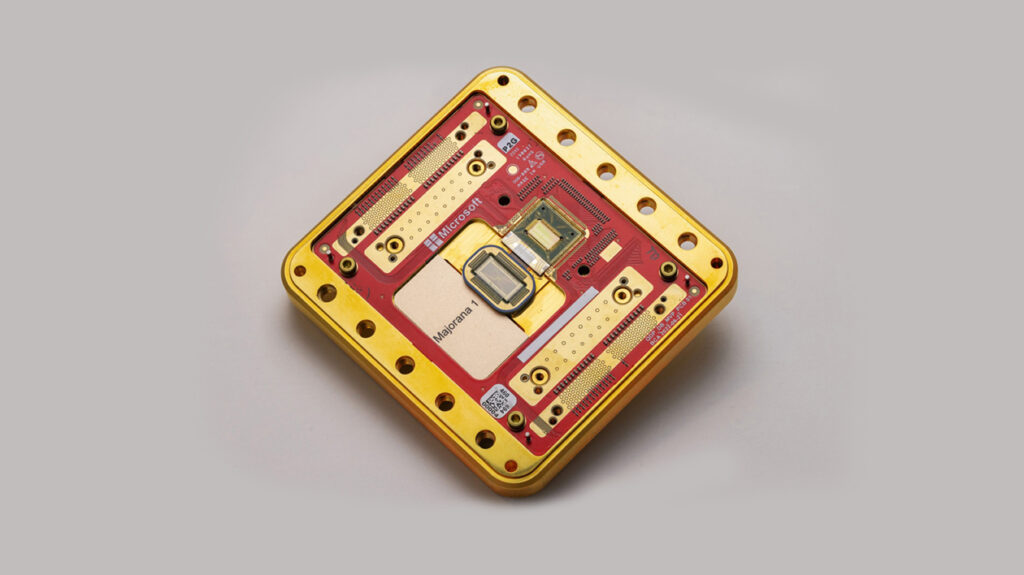At Nvidia’s GTC 2025 event, CEO Jensen Huang took the stage to introduce two major AI chip advancements: the Blackwell Ultra, arriving later this year, and the Vera Rubin platform, expected in 2026. These aren’t just small upgrades. They’re Nvidia’s answer to a rapidly growing AI industry that’s demanding more power, more efficiency, and more scale. The stakes are high, and so is the competition. Can Nvidia maintain its dominance? Let’s break it down.
Blackwell Ultra: Nvidia’s AI Workhorse
If AI computing were a race, Nvidia just installed a new turbocharger. The Blackwell Ultra builds on last year’s Blackwell chips but pushes performance even further. Jensen Huang called it “built for the age of AI reasoning,” meaning it’s not just about processing power—it’s about making AI more effective in real-world applications.
So what makes this chip stand out? For one, it’s a dual GPU design with 15 petaflops of FP4 performance and 288GB of HBM3e memory. That’s a big leap. It comes in two configurations: the Nvidia GB300 NVL72 and the Nvidia HGX B300 NVL16. The GB300 NVL72, in particular, is a powerhouse—72 GPUs and 36 Nvidia Grace CPUs in a single liquid-cooled rack, boasting 1.5x the AI performance of its predecessor.
Who’s Using It?
Nvidia isn’t just making a chip; they’re building an entire ecosystem. The Blackwell Ultra will power new servers from tech giants like Cisco, Dell, HP, Lenovo, and Supermicro. It’s also being integrated into cloud computing platforms, with AWS, Google Cloud, Microsoft Azure, and Oracle Cloud signing on. Even specialized cloud providers like CoreWeave and Lambda are getting in on it. And if you want direct access? Nvidia’s DGX Cloud will offer it.
Vera Rubin: The Next AI Evolution
While Blackwell Ultra is the present, Nvidia is already planning for the future. The next-generation Vera Rubin platform will arrive in 2026, combining CPU and GPU advancements into a single architecture. The naming is strategic—’Vera’ is the CPU, ‘Rubin’ is the GPU, just like the current Grace Blackwell system.
What’s the big deal? Vera Rubin will pack 88 CPU cores, 4.2x the memory capacity of its predecessor, and 2.4x the memory bandwidth. On the GPU side, it jumps to 288GB of HBM4 memory, setting the stage for even more demanding AI workloads.
Nvidia isn’t stopping there. Vera Rubin Ultra, launching in 2027, will take things to another level with a quad-GPU design. Nvidia says this will enable AI systems that are 14x faster than today’s GB300 NVL72. That’s a massive performance leap.
Scaling AI Computing Like Never Before
Vera Rubin systems will scale up to unprecedented levels. The NVL144 server will include 144 GPUs, tripling the power of current-generation systems. But the real monster? The Vera Rubin Ultra NVL576. With 576 GPUs and 365TB of memory, this is AI computing on a scale we’ve never seen before. To keep it all cool, Nvidia is introducing a new liquid-cooled design called the Kyber Rack.
Nvidia’s Market Position: Strengths and Risks
Despite these ambitious announcements, Nvidia’s stock has had a rough patch. Trading at $116.15, it’s down 2.83% in recent trading and has dropped 11% this year. But zoom out, and the picture changes—Nvidia’s stock has more than quadrupled over the past three years. AI is fueling that growth, and Nvidia’s chips are at the center of it all.
The company pulled in $39.3 billion in Q4, with $11 billion of that coming from the Blackwell chip alone. Clearly, there’s demand. But risks remain. The market is wary of hyperscalers investing heavily in AI without immediate returns. Export restrictions and potential semiconductor tariffs could also shake things up.
Beyond GPUs: Nvidia’s Expanding Reach
GTC 2025 wasn’t just about data centers. Nvidia announced AI-powered laptops and desktops, as well as networking upgrades to connect massive GPU clusters. The company is widening its reach, ensuring that AI computing scales not just in giant data centers but also in consumer and enterprise devices.
The Takeaway
Nvidia is playing a long game. Blackwell Ultra cements its lead today, while Vera Rubin and Vera Rubin Ultra lay the foundation for the AI computing of tomorrow. The question is, can Nvidia deliver on time? Previous chip releases faced delays, and the AI market is evolving fast.
For now, though, Nvidia’s message is clear: AI computing is getting faster, bigger, and more powerful. And they plan to stay ahead of the curve.



